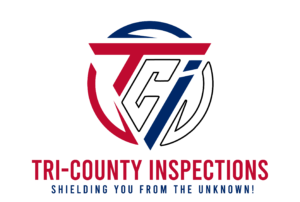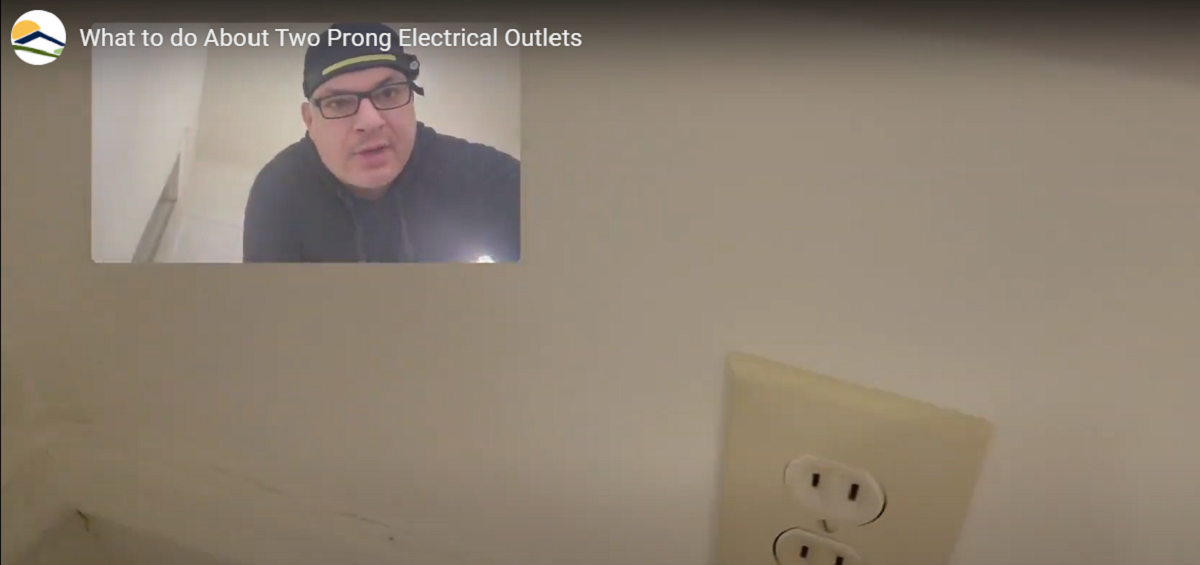Most Common Question: Are Two Prong Outlets Safe?
Earlier this year we posted about our most common electrical issues that come up in a home inspection and provided some answers about two prong outlets in our post "Two-Prong Outlets: What Does the Home Inspector Say?" That post is the most popular on our page so it has become evident that home owners, home buyers and maybe even home investors are unclear about whether or not a two prong electrical outlet is safe. With construction in Cuyahoga County booming in the 1950s, many homes we inspect were built prior to the adoption of three prong outlets as standard electrical code in 1971, so it’s understandable that so many homes would still have two prong outlets – but what does that mean for the home buyer?
Are Two Prong Outlets Safe?
It can be likely that an electrician, handyman, or someone else looking for a big job will emphasize that "two prong outlets are not up to code," which is correct. However, a first-time home buyer hears that something "isn't up to code" and they could worry that the whole house needs to be re-wired or it's a death trap - which is incorrect. As with most things we find in a thorough home inspection, the severity of an issue is on a large scale. As the home inspection company, our job is to educate the home buyer on whether each issue is a quick fix or more involved, as well as the dangers of not addressing it.
Below is the video that Mike Vakos, Owner and Lead Home Inspector, made to explain the options when it comes to buying a home with two prong outlets.
Options for Fixing Two Prong Outlets
1. Leave Your Two Prong Outlets as Is – Not Recommended
One option is to do nothing with your two prong outlets and leave them as is. This is not recommended because of the likelihood you, or people in your home, will use the three-prong/two-prong adapter, or cheater plugs, to use many electrical devices. These cheater plugs are extremely unsafe and even illegal throughout Canada.
2. Add a Ground Wire - Expensive
Hiring an electrician to add a ground wire to ground all your outlets is the safest solution, but it’s very expensive, and if you have outlets that don’t need 3 prongs because they’re used just for a table lamp or phone charger, it’s a little overkill to have them grounded. According to Angi, wiring generally costs from $6 to $8 per foot, expect to pay between $130 to $170 per connection, and $50 – 100 per hour, so this project can easily add up to $4,000 for a modest sized home in greater Cleveland.
3. Switch High Volume Outlets to GFCI
The third, and most reasonable, solution is to swap out the two prong outlets used for all appliances, in the kitchen, in the bathroom, for all TVs and computers and any other device that pulls an extra load of electricity or could surge and cause damage – switch those to GFCI outlets.
Order Your Home Inspection
Contact us to schedule a home inspection, radon inspection, septic inspection or mold testing in your home, a home you're buying or a commercial property.





